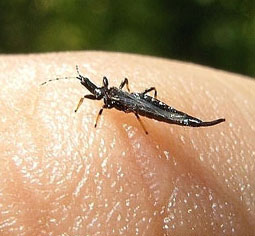Hard freezes sometimes come early to the Front Range, killing all but the hardiest plants in the vegetable garden. Although peas, cabbage, kale, parsnips and a few others may survive, planning to dispose of killed plants is a good idea. The carryover of many vegetable diseases and insects can be avoided by doing a thorough fall cleanup.
Early blight fungus, for example, overwinters on diseased plants and some weeds. Remove diseased tomatoes plant debris and clear horse nettle andnightshade weeds from the garden. If disease is severe, consider moving tomatoes to a new plot location the following year. This type of crop rotation will keep disease from infecting new plantings.
Viruses that affect tomatoes such as, TSWV and INSV, (tomato spotted wilt and impatiens necrotic spot virus) cause yellow rings or spots on fruit. If you see these symptoms, remove plant debris because viruses survive in plants, not soil. Note that lettuces, peppers and weeds, such as bindweed and other plants in the nightshade family will also harbor viruses.
Thrips insects that spread viruses from plant to plant overwinter as pupae in soil crevices or on plant debris. Flea beetles that chew shot holes in leavesspend the winter as adults hiding under leaves, dirt clods and other protected sites.
Fall plant cleanup and shallow fall tillage tend to disrupt all of these pests.



